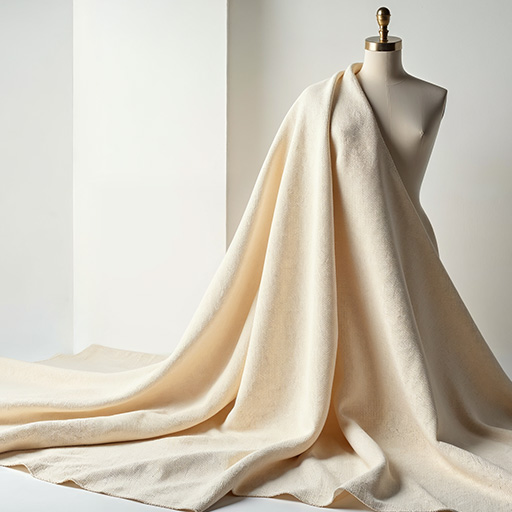
Slow Fashion is the opposite of Fast Fashion, a term we have been using in the fashion industry for many years. It is a system that is much better for our universe, for all of humanity and for the workers.
Fast fashion is a fast and cheap price-oriented structure. Pollution, emissions, products that are not suitable for long term use are prominent. It is obvious that companies producing billions of garments will create much more waste and carbon footprint.
Slow fashion prioritises longer-lasting products, less waste, happy employees and happy customers. Humanity and the universe are more important than profit. Slow fashion was born as a reaction to the damage done to the universe by fast fashion. Sustainability, evaluation of stocks, exchange of second-hand products, donation of surplus, better quality models instead of more models are the main features of Slow Fashion.
The expectations of slow fashion consumers are timeless designs, products that can be used for a long time, easy to maintain and high quality products. Locality is also very important for slow fashion. The use of ethnic patterns and colours specific to the region, the preference for local workers and services also come to the fore.
This trend excludes all kinds of grey methods of data reduction and low cost. Production and marketing must be for the benefit of the whole universe. Slow fashion brands are much more transparent from production to retail. They avoid all kinds of risks that the public would not approve of. These brands and their consumers are more than happy to do their part to reduce the destructive effects of fashion, the second most polluting sector in the world.

What is Silk Fabric? Silk is The Thread From Which Love is Woven...
The history of silk, used to make the silk fabrics that have been the fashion industry's favourite for centuries, dates back to 2700 BC. It is said to have been discovered during the reign of the Chinese emperor Huang Ti, when the fibre hanging from the cocoon was seen by chance.
Read More
The Flower That Shapes Fashion - Indigofera Tinctoria
The use of indigo blue dye, obtained by fermenting the leaves of the indigo flower, dates back 6000 years. The first remains were found in Peru during archaeological excavations. Native to India and southern Asia, this miracle plant grows in tropical regions.
Read More
What is Raschel Fabric?
Raschel is a type of knitted fabric that is produced on special raschel knitting machines. The needles and equipment used by Raschel fabric manufacturers are unique. It is possible to create many patterns using different needles and techniques.
Read More
What is Satin Weave?
Satin weave is a type of fabric weave that usually has a shiny top side and a dull back side. It is not very durable. It is one of the basic textile weaves. Satin is not a yarn or material term, it is a weaving technique that can use different yarns.
Read More
What is Slow Fashion?
Slow Fashion is the opposite of Fast Fashion, a term we have been using in the fashion industry for many years. It is a system that is much better for our universe, for all of humanity and for the workers.
Read More
What is Jacquard Fabric?
Jacquard is a high quality weaving technique in which patterns are embroidered directly onto the fabric. These fabrics have vibrant and striking patterns.
Read More